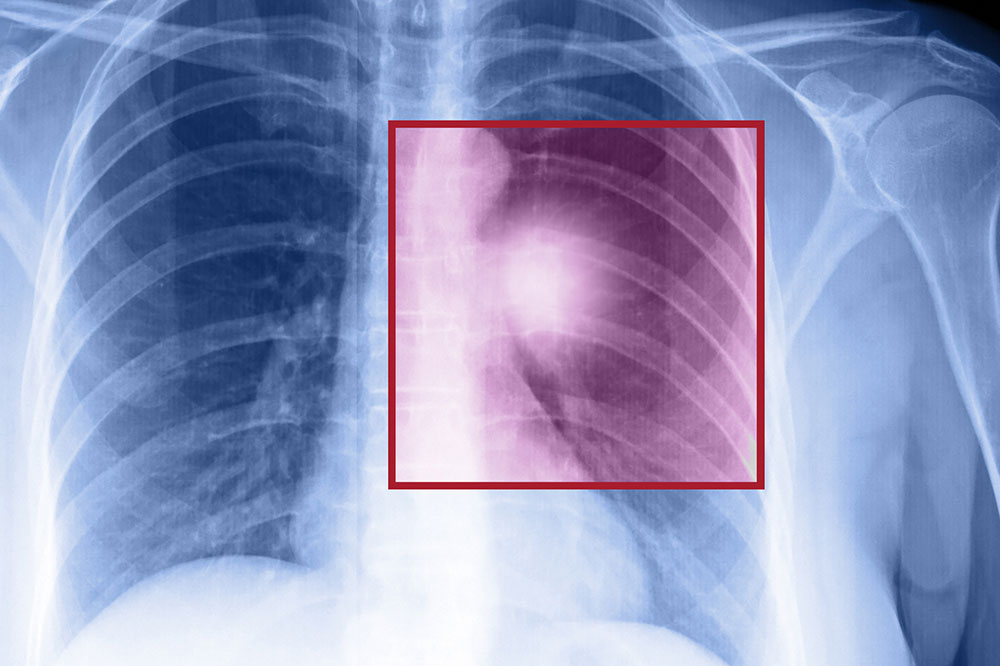Understanding COPD Prognosis and Factors Influencing Patient Longevity
This comprehensive article explores the prognosis and factors influencing longevity in COPD patients. It emphasizes the importance of disease management, lifestyle modifications, and medical advancements in improving survival rates. Understanding COPD’s stages, assessment tools like the BODE index, and the impact of comorbidities help patients and healthcare providers make informed decisions. Quitting smoking and engaging in pulmonary rehabilitation are highlighted as key actions to extend life expectancy and enhance quality of life for COPD sufferers.

Understanding the Prognosis and Longevity in COPD Patients
Chronic Obstructive Pulmonary Disease (COPD) remains a significant global health concern, affecting millions of individuals across the world. This progressive respiratory condition primarily targets the lungs, resulting in a gradual decline in lung function that hampers normal breathing ability. As COPD advances, patients often experience worsening symptoms, reduced quality of life, and a decreased lifespan. Despite ongoing research, there is no definitive cure for COPD. Therefore, understanding the factors that influence prognosis and longevity is crucial for managing the disease effectively.
CPOD develops mainly as a result of emphysema and chronic bronchitis, two conditions that cause airflow obstruction. Emphysema involves damage to the alveoli—the tiny air sacs in the lungs—while chronic bronchitis is characterized by persistent inflammation of the bronchial tubes. Both conditions share the symptom of airflow limitation, which leads to difficulty breathing, particularly during physical activity or exertion. The overall survival rate for individuals with COPD varies widely depending on several factors such as disease severity at diagnosis, lifestyle choices, comorbid health conditions, adherence to treatment plans, and overall health status.
The prognosis for COPD patients is heavily influenced by the stage of the disease. Medical professionals utilize classification systems like the GOLD (Global Initiative for Chronic Obstructive Lung Disease) to determine disease severity and guide management. The GOLD system categorizes COPD into four stages: mild, moderate, severe, and very severe. Patients in the early stages often have a better chance of maintaining function and longevity, whereas those in advanced stages tend to have a significantly reduced life expectancy. Additionally, tools like the BODE index—an acronym for Body mass index, Obstruction (airflow limitation), Dyspnea (breathlessness), and Exercise capacity—offer a comprehensive assessment of a patient's prognosis and help tailor treatment plans to individual needs.
One of the most impactful lifestyle modifications for COPD patients is smoking cessation. Numerous studies demonstrate that quitting smoking after diagnosis can markedly improve survival rates and slow disease progression. Smoking damages lung tissue, exacerbates inflammation, and accelerates the decline in pulmonary function. Therefore, quitting smoking is considered the most effective intervention for prolonging survival and improving quality of life.
Factors Affecting COPD Life Expectancy
Since there is no cure for COPD, the progression of the disease and overall health status are the primary determinants of lifespan. Effective medication management, proper oxygen therapy, and pulmonary rehabilitation are critical components in slowing disease progression.
The severity of COPD, as classified by GOLD stages, directly influences survival prospects; earlier stages generally correspond to longer life expectancy.
The BODE index serves as a vital prognostic tool by integrating multiple clinical parameters, providing a nuanced view of a patient’s likelihood of survival.
Alcohol consumption, nutritional status, mental health, and social support systems also play essential roles in determining patient outcomes.
Adherence to prescribed treatments, vaccination, and avoiding respiratory infections are integral in improving survival rates.
Impact of Comorbidities and Lifestyle on Survival
Many COPD patients face additional health challenges that can negatively influence their prognosis. Common comorbidities include cardiovascular diseases like hypertension and heart failure, osteoporosis, diabetes, and anxiety or depression. These conditions can complicate COPD management, increase hospitalization risk, and further decrease longevity.
Maintaining a healthy lifestyle is paramount. Regular physical activity, a balanced diet, stress management, and avoiding environmental pollutants can significantly improve health outcomes. Pulmonary rehabilitation programs that include exercise training, nutritional counseling, and psychological support can further enhance quality of life and extend survival.
Medical Management and Future Directions
Advances in medical management have improved the outlook for many COPD patients. Pharmacotherapy with bronchodilators, corticosteroids, and other inhaled medications can alleviate symptoms and reduce exacerbations. In some cases, oxygen therapy is prescribed to maintain adequate oxygen levels, which can prolong survival.
Emerging therapies and ongoing research aim to slow or halt disease progression. Gene editing, regenerative medicine, and novel pharmacological agents are promising areas of study. Personalized medicine approaches, based on genetic and environmental factors, may pave the way for more targeted and effective treatments in the future.
In conclusion, while COPD remains a chronic, progressive disease with no cure currently available, understanding the factors that influence prognosis and longevity can empower patients and healthcare providers. Critical actions such as quitting smoking, adhering to treatment protocols, managing comorbidities, and maintaining a healthy lifestyle are vital to improving survival outcomes and enhancing quality of life for those living with COPD.





